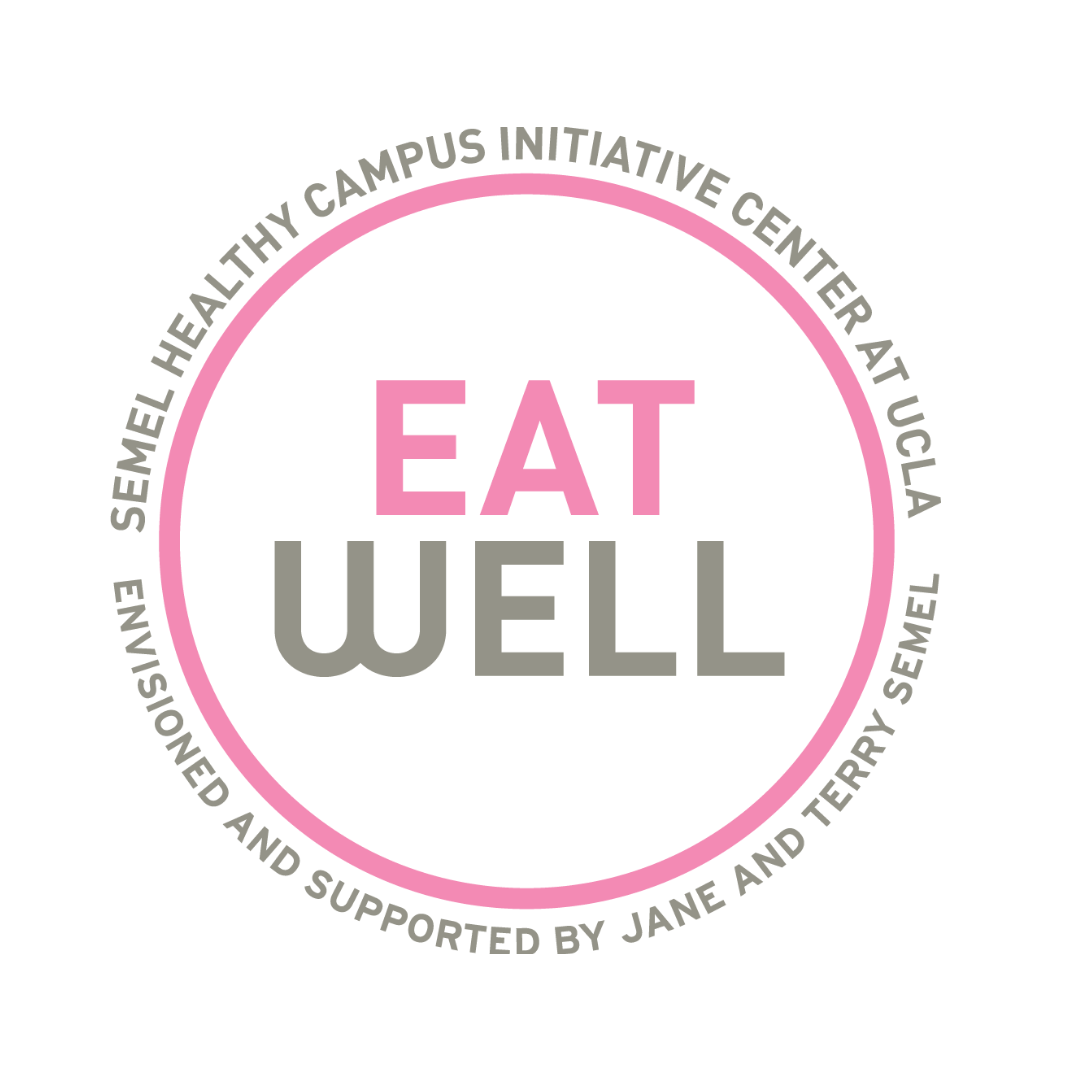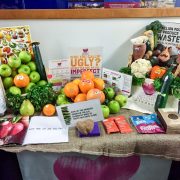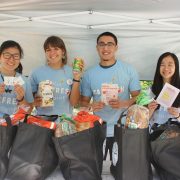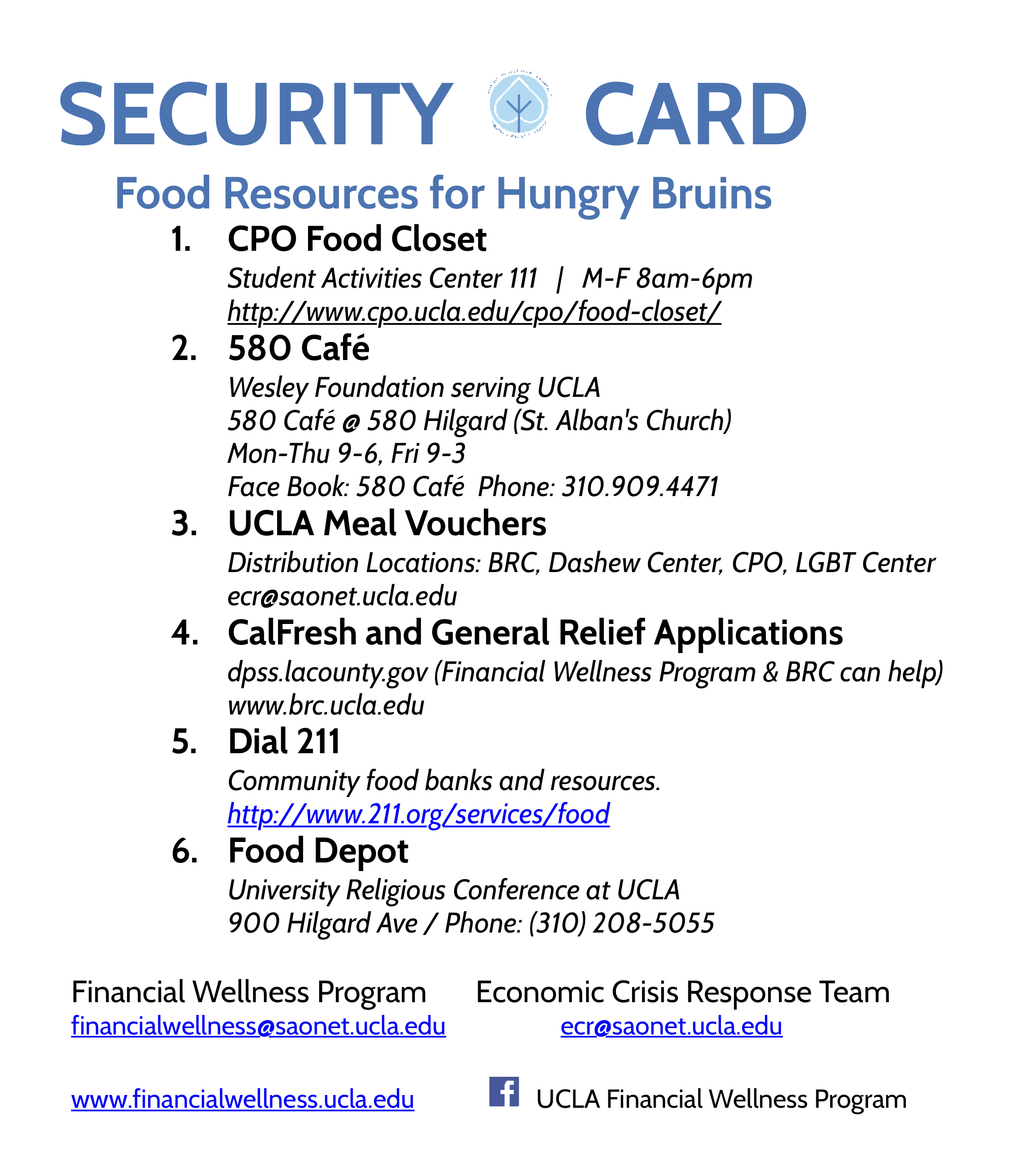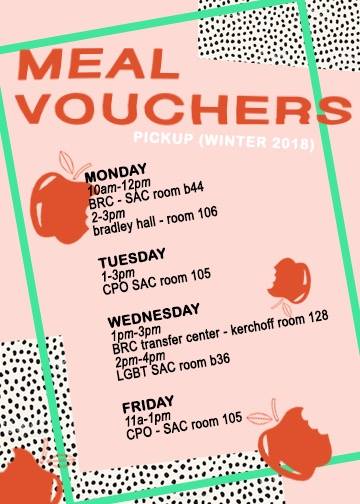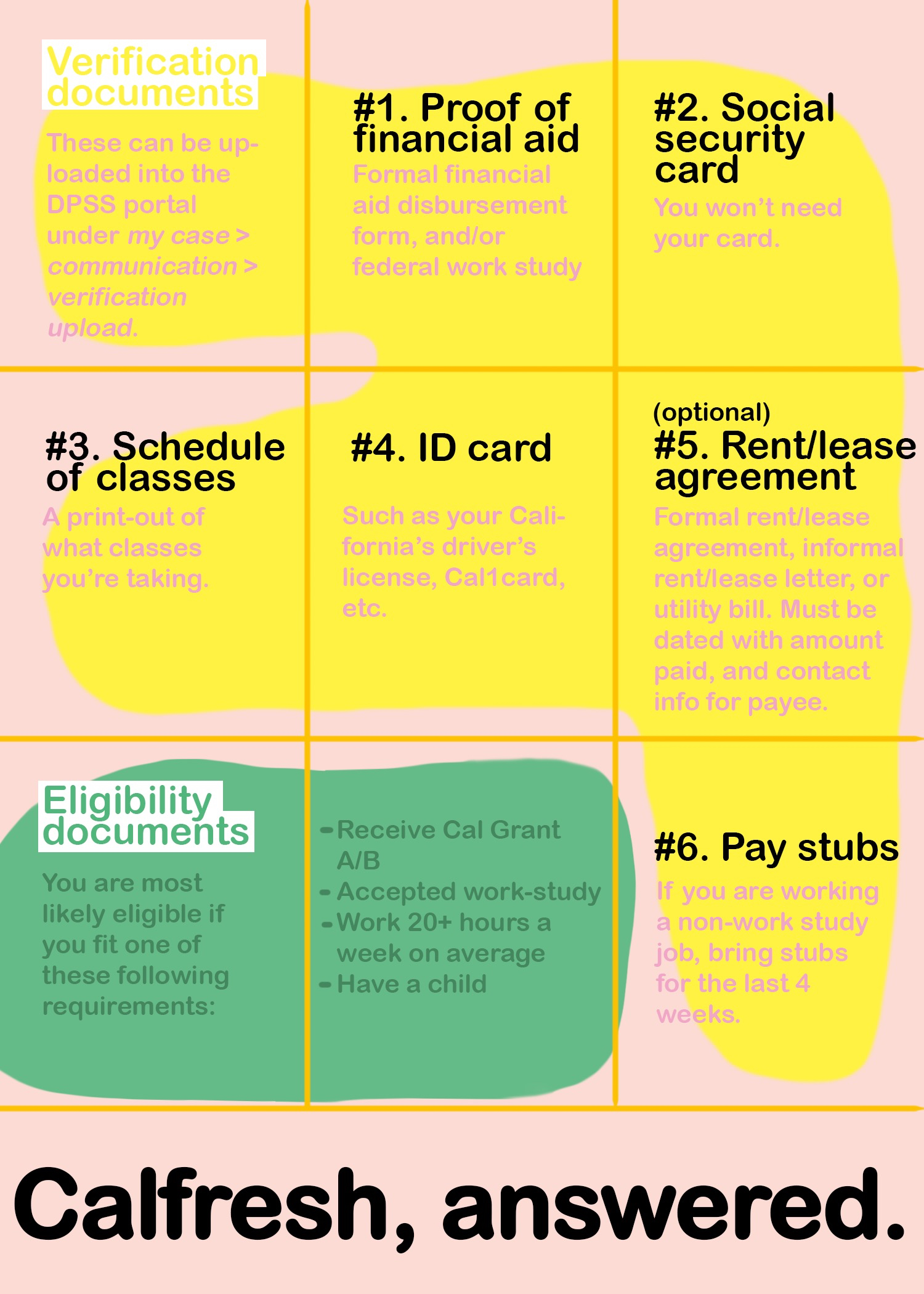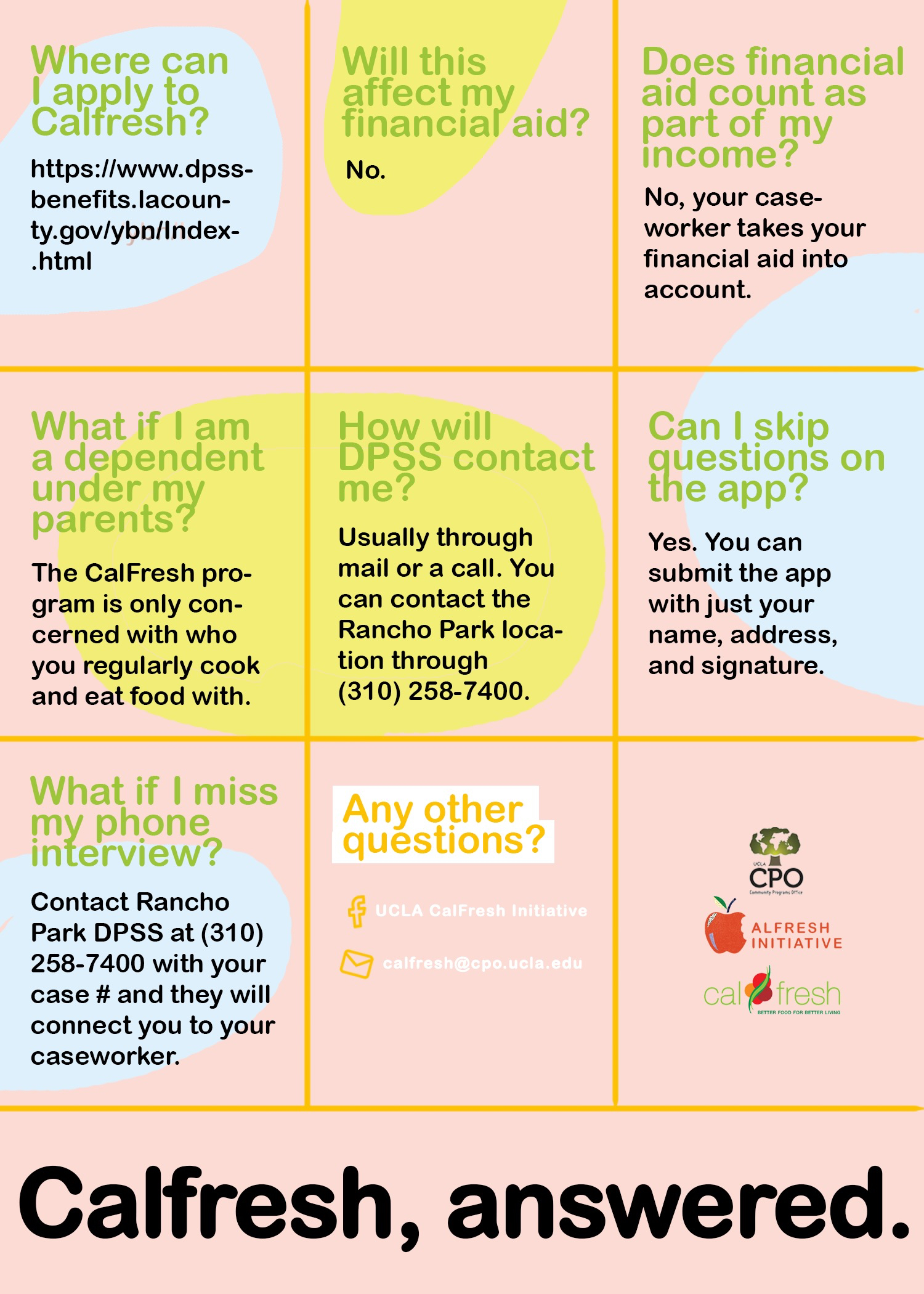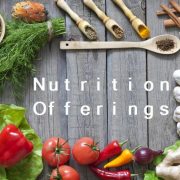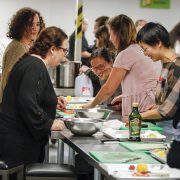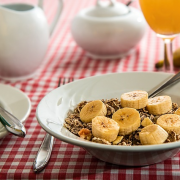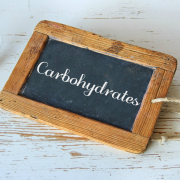Eating Uglier with Imperfect Produce & the Public Health Nutrition Club
Did you know an estimated 30 to 40% of the U.S. food supply goes to waste? That’s approximately 133 billion pounds of food, worth about $161 billion in 2010 according to the USDA. On top of that, 1 in 5 fruits and vegetables grown in the U.S. never make it off the farm because they do not meet grocery store standards, causing them to go to waste.
The founders of Imperfect Produce decided to change this. The organization strives to reduce the waste of nutritious and delicious fruits and vegetables by delivering ‘ugly’ produce directly to customers’ homes. To date, Imperfect Produce has saved 11.5 million pounds of produce, 575 million gallons of water, and 39.3 million pounds of CO2. And compared to grocery store prices, purchasing through Imperfect Produce saves you about 30-50%!

On January 18th, the Public Health Nutrition Club (PHNC) hosted Imperfect Produce as part of their quarterly Colloquia Series, supported in part by the UCLA Partners of Excellence for Leadership in Maternal and Child Health Nutrition (MCH). PHNC is a graduate student group based in UCLA’s Fielding School of Public Health (FSPH) that promotes nutrition education and food literacy through campus gardens, healthy cooking demonstrations, and other activities. Previous colloquia have included inspirational local organizations and speakers such as Food Forward, LA Food Policy Council, and Angie Tagtow from the USDA.
Alyssa Seibert, the Outreach Team Lead from Imperfect Produce LA, visited FSPH to educate 32 students on the history and philosophy of the organization, how to build a more sustainable and effective food system, and how to help fight food waste. She dispelled many of the myths around “ugly produce” – how the bruising or scarring on the exterior of an orange does not affect the taste or nutritional content of the fruit. Alyssa, along with outreach associate David Raffaelle, signed up a quarter of attending students for the subscription services of Imperfect Produce, spreading the message that eating uglier can make a huge impact!
Students found her presentation informative, engaging, and inspiring. Those in the room left with a sense of how significant of an issue food waste is in the United States, but also filled with hope that they can help make a difference by joining environmentally conscious companies in the fight to create a more sustainable and healthy world.
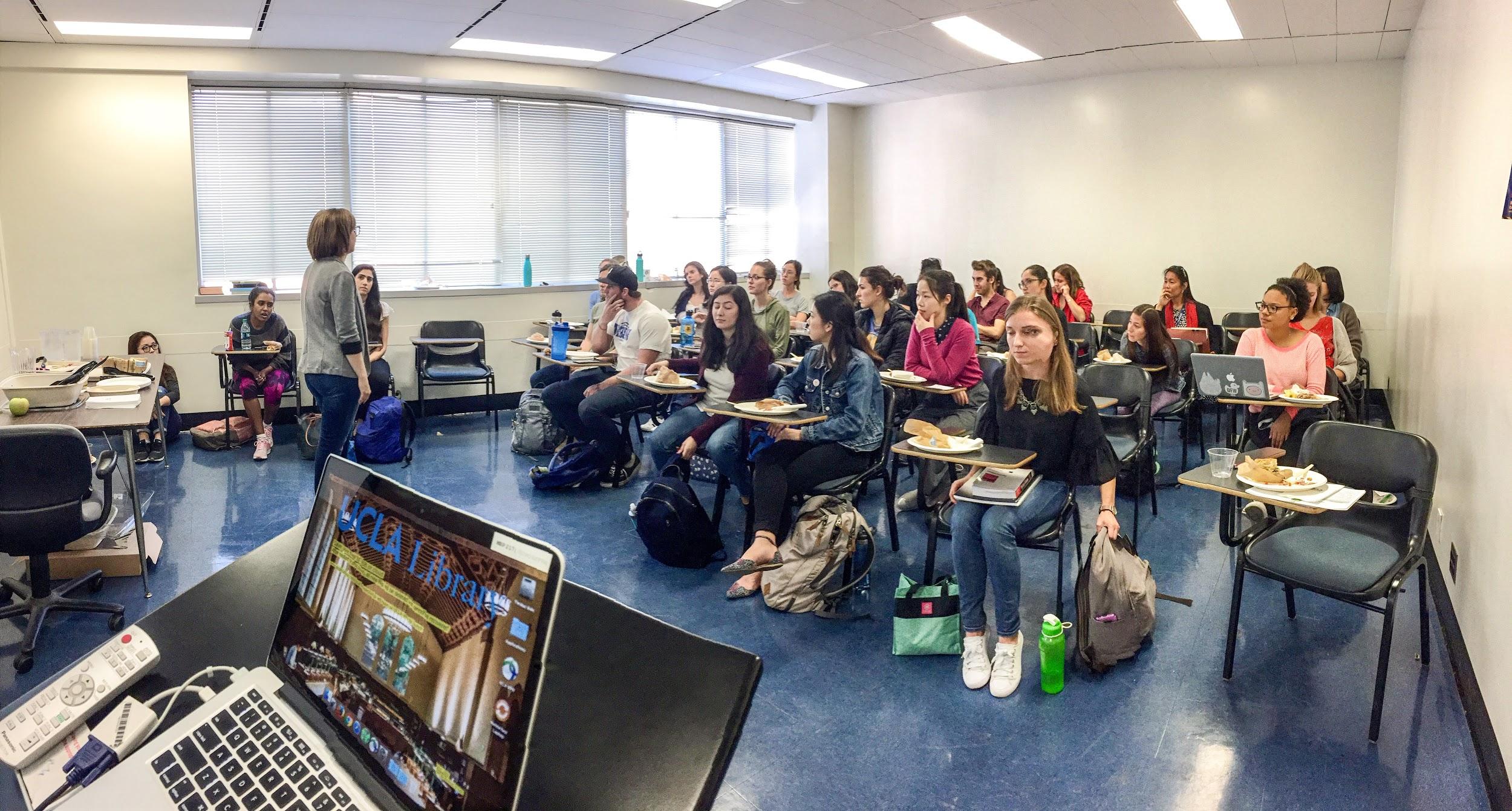
For PHNC’s next Colloquium, come join us for a Nutrition Advocacy Training with Frank Tamborello, the Executive Director of Hunger Action LA. Learn how Hunger Action LA is working to end hunger and promote healthy eating through advocacy, direct service, and organizing. The advocacy training will be held on Thursday, March 8th from 12 to 1 PM in FSPH Room 61-269. RSVP here.
Interested in nutrition policy? The MCH Nutrition Leadership Training Program presents 2020-2025 Dietary Guidelines for Americans: The Role of Science, Politics, and People. The policy seminar will be held on Wednesday, April 4th from 5 to 7 PM in the NRB Auditorium featuring Angie Tagtow, MS, RD, former Executive Director of the USDA Center for Nutrition Policy and Promotion and Lorrene Ritchie, PhD, RD, Director of the Nutrition Policy Institute, University of California Division of Agriculture and Natural Resources. RSVP here.
For upcoming events from the PHNC, join our Facebook group.
For more information about Imperfect Produce, visit their website.
About the Public Health Nutrition Club:
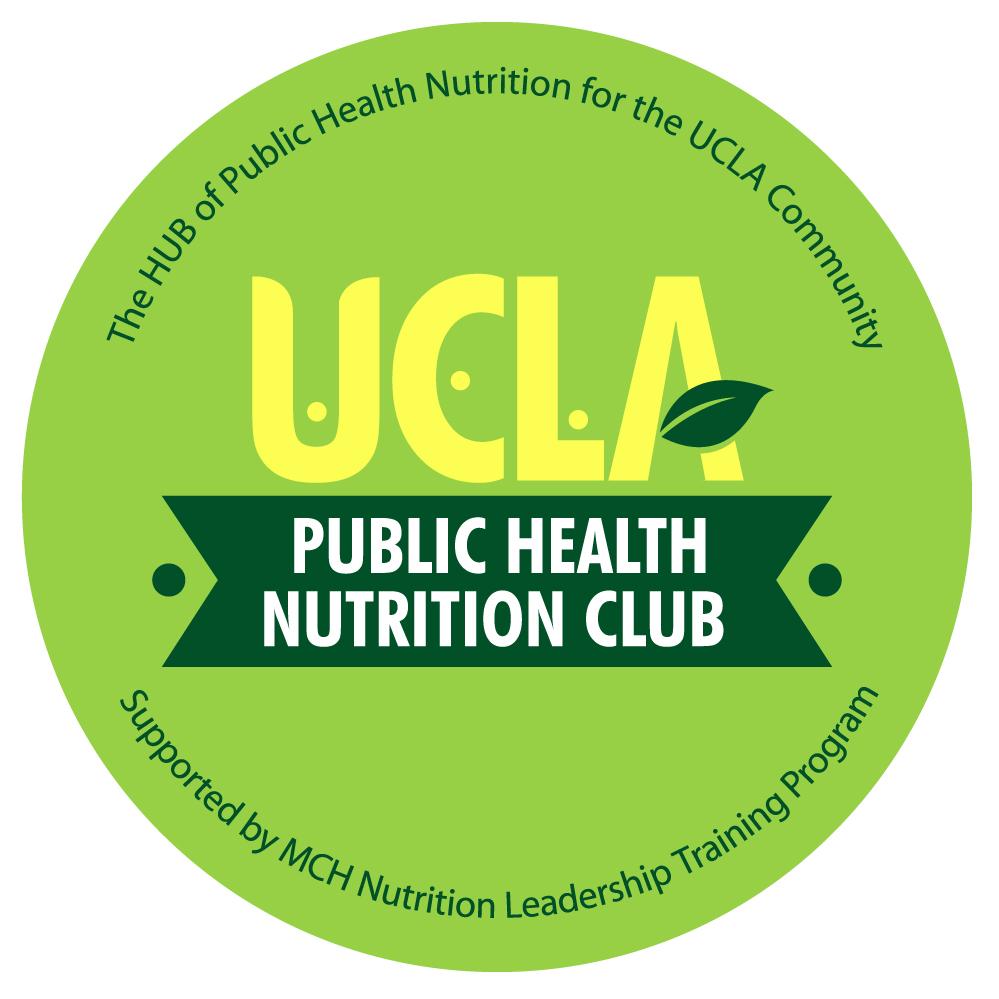 Supported by the UCLA Partners in Excellence for Leadership in MCH Nutrition, the Public Health Nutrition Club at UCLA believes that good nutrition is the basis for a healthy life. Our purpose is to provide nutrition education to the public and volunteer opportunities for our members to network and develop leadership skills. With roots in Maternal and Child Health, we focus on pre- and post-natal nutrition as a fundamental right for all mothers and children. This program is supported in part by UCLA Partners in Excellence for Leadership in MCH Nutrition, a nutrition training program at the FSPH funded by the Maternal and Child Health Bureau, Health Resources and Services Administration, DHHS and directed by Dr. Dena Herman.
Supported by the UCLA Partners in Excellence for Leadership in MCH Nutrition, the Public Health Nutrition Club at UCLA believes that good nutrition is the basis for a healthy life. Our purpose is to provide nutrition education to the public and volunteer opportunities for our members to network and develop leadership skills. With roots in Maternal and Child Health, we focus on pre- and post-natal nutrition as a fundamental right for all mothers and children. This program is supported in part by UCLA Partners in Excellence for Leadership in MCH Nutrition, a nutrition training program at the FSPH funded by the Maternal and Child Health Bureau, Health Resources and Services Administration, DHHS and directed by Dr. Dena Herman.
Sakura Takahashi is pursuing her M.P.H. in the Department of Community Health Sciences at UCLA’s Fielding School of Public Health. She is also a dietetic intern with the VA Greater Los Angeles Healthcare System looking to become a registered dietitian. Sakura is a current MCH Nutrition Leadership trainee under Dr. Herman and is keen to gain exposure in interdisciplinary and collaborative methods for improving the health and well-being of maternal, infant, and child populations from a nutritional standpoint.
